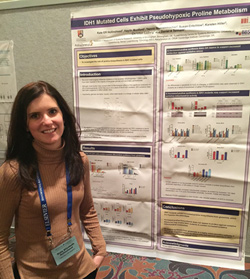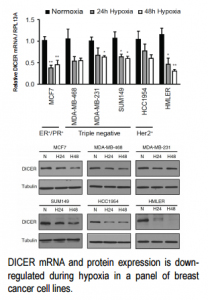World Heart Day
- Details
- Created: Tuesday, 27 September 2016 16:58
September 29, 2016 is World Heart Day, when organizations globally advocate “creating heart-healthy environments”, for example by eating more healthily and exercising 30 minutes a day. Healthy environments are also a priority for Don Whitley Scientific and HypOxygen, whose HypOxystation is used globally by cardiovascular researchers to mimic the in vivo environment, so cells behave in a physiologically relevant manner. Temperature, CO2, oxygen and humidity are controlled in the HypOxystation, and cells are cultured and manipulated in that physiological environment without ever experiencing the “oxygen shock” of the bench atmosphere. The in vivo environment recreated in the HypOxystation is healthy with regard to metabolism, proliferation, signaling, and drug responsiveness, to name a few.
Hear Dr. Michael Cross, Molecular and Clinical Pharmacology Department, University of Liverpool, speak about his work with cardiac spheroids to assess cardiovascular drug toxicity. “The H35 allows us to generate oxygen levels that reflect the in vivo physiology these cells would be exposed to. We chose the Hypoxystation with its oxygen profiling feature, which allows us to recreate cycles of ischemia, where oxygen levels typically sink to 1-3%”.


